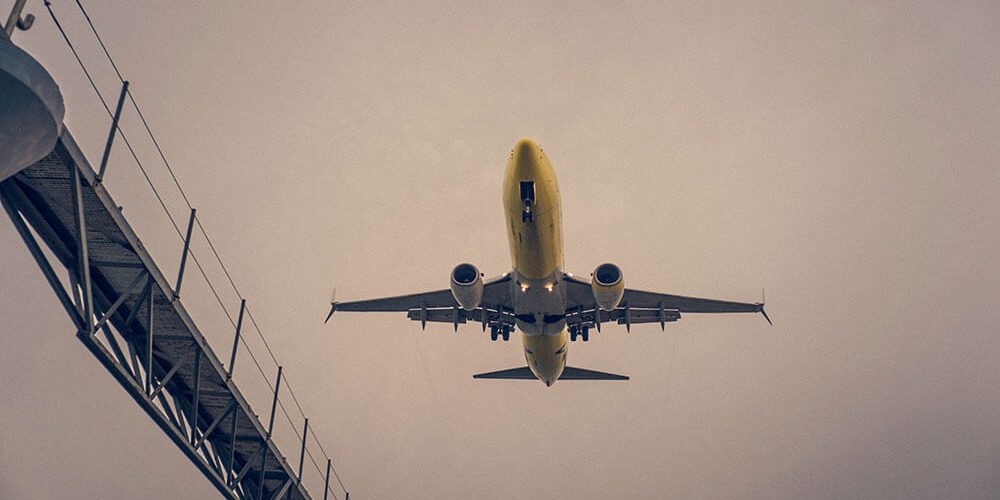Ten years ago, the word ‘drone’ might have conjured up images of secret military machines that were used on specialised covert missions. Fast forward a few years and the general perception has probably shifted towards images of little toys purchased by hobbyist and flown in parks/wide-open spaces for fun and recreation. Post-2018, drones may very well be pegged to the future of the aviation sector.
Drones have evolved over time with the help of advances in technology and can be found connected to various commercial as well as industrial applications.
These unsuspecting little machines are now disrupting numerous sectors, bringing a technological edge and advantages that are making their mark on industries such as agriculture, e-commerce, real estate, infrastructure development and more. Drones are used for mapping purposes and aerial photography as well as data-gathering and analytical operations.
Here are a few key ways UAVs are slowly making their way up.
Aviation Services
Drones are more affordable, more flexible, more autonomous and more easily deployable than regular planes, which is why the prospect of them replacing everyday aviation services is no longer science fiction.
Today, the regulated civil aviation market is made up of cargo transportation, intermodal connection, just-in-time delivery options and oil rig delivery operations (to name a few).
Regular aircraft are currently being used for these but at very high costs related to fuel, crew members and other additions as well as heavy operational restrictions and typically slow delivery times.
All this could change in the future as drone developers find new ways to make drone functionality more feasible and drone specialists take the lead with innovative solutions through the latest technology. Aviation services may very well be run by drones, and this can also bring more to the table including inspection, precision farming, traffic management and energy exploration.
Aviation Operations
For now, aviation regulation standards aren’t catering to the full functionality of drones at higher altitudes. Operations are still largely dominated by bigger, more conventional aircraft with aeroplanes going up about 11,000m in altitude and helicopters in the 150m altitude range.
In the future, regulation standards could change to enable efficiency through drone usage. Cargo and delivery-based drones could hover around 4,000m to fulfil operations so expect the skies to be busier (and more productive) places.
Drones have already dominated the below 150m altitude range with applications in farming and agriculture as well as inspections and filming services. There’s a big possibility that they will rise higher up very soon.
Safety Pillars
There are traits that drones have that should be addressed. For one, open operations like photography and filming for private or industrial purposes will require no specific rules. These will be of pretty low risk.
Other specific operations which bear slightly higher risks (depending on the type of operation) include mailing and infrastructure-based inspections like the filming of sports events. Aviation specific rules will apply and will be enforced by aviation authorities.
Finally, certification-based operations which carry traditional risk elements may include remote pilot licenses, drone certification and operation manuals. Aviation authorities will have to govern this.
These are just some of the prominent ways in which drones could drastically affect the aviation industry. There are probably many more aspects, opportunities and possibilities you should look out for and these may come about due to the gradual transition of drone operations as they are pushed further into the forefront and bring innovative solutions to deal with various industry issues.
Asia Drone IoT Technologies lets you leverage the incredible power of drone technology for career advancements, industry applications, and learning.








